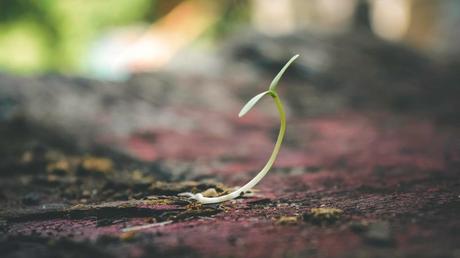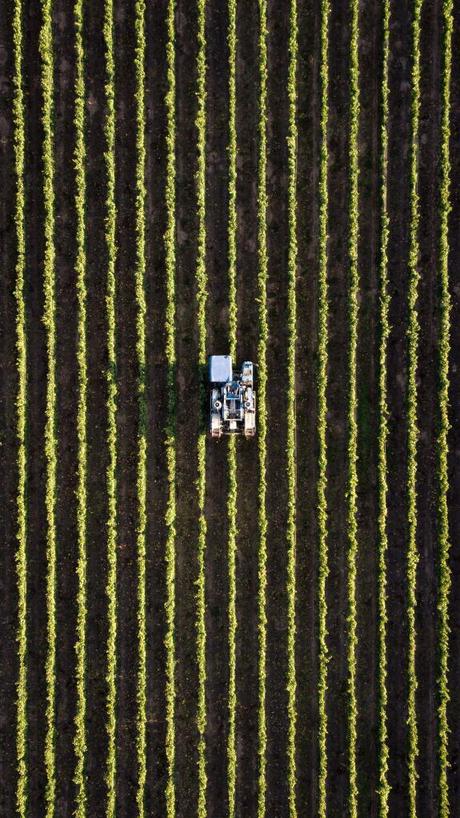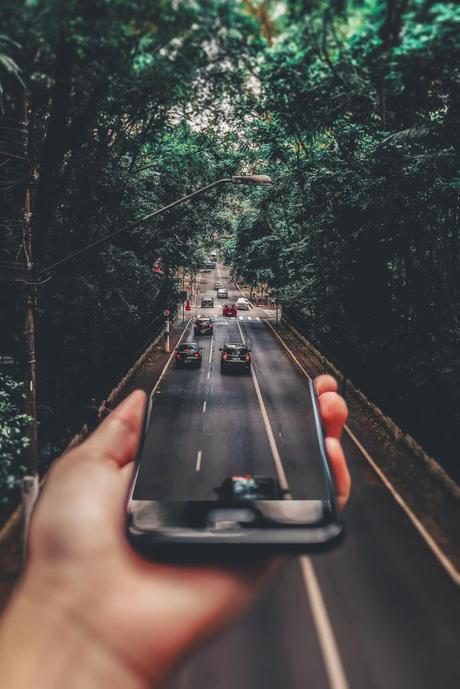“Winning slowly is the same thing as losing” Alex Steffen
In the previous blog post, we focused on Part 4 of The Climate Book created by Greta Thunberg. Now we are turning our attention to the fifth and last part of the book “What We Must Do Now”. In the introduction to the part, Greta suggests that educating ourselves and others is the best way to get out of this mess. Her campaign Skolstrejk för klimatet began not as a protest movement instead the aim was to spread information about the changes in climate. This idea is underlying much of this part. Today, we might be in desperate need of hope but pretending that everything will be fine is not hope. Greta says that hope is taking action and if we all step out of our comfort zone, we could together make things happen.
Greta stresses that we must focus on both individual and systemic change. We cannot leave the climate crises either to individuals or the market. We need to consider both to solve the climate crisis and suggestions that “any single solution or idea is more important than all the others” is aimed at slowing us down. Individual actions, however, do not refer, to reducing plastic or eating more plant-based food, rather it means that we as individuals should use our voices and become active citizens. Greta says that we should “hold the people in power accountable for their actions, and their inaction.”

Idea Sensitive Areas (ISA)
We used the strategy Idea Sensitive Areas (ISA) to identify areas where a change in idea might produce substantial results.
How can societies escape the exploitative dynamics of consumerism?
Artist Barbara Krueger in 1987 said, “I shop therefore I am.” These words sum up the consumerist lifestyle that has dominated life in high-income nations. A problem is that this lifestyle while supporting a nation’s economy, simultaneously also has contributed to the degrading health of our planet.
Kate Raworth says that if we are to recover from consumerism at the required speed we should learn from” the most effective ways to rapidly reduce the consumption-intensive lifestyle of high-income nations.” Ambitious government actions should drive these systematic changes in areas such as food, housing, personal transport, consumer products, leisure and services. Governments can drive systemic change by using regulation, taxes and incentives. An example is the government of France’s ban on short-haul domestic flights – promoting train travel. The underlying idea is that the sustainable choice becomes an easy-to-use everyday option that is accessible and affordable to everyone.
How to tweak national-to-global-scale diets in the way food is priced, marketed and taxed?
Modern farming relies on mechanically and chemically distributing the topsoil. The way we farm has an enormous impact on our climate. Replacing the protein in beef with plant-based protein forms such as beans, and lentils can significantly reduce the CO2 emission per year writes Gidon Eshel. Greta suggests in the introduction to part five that both individual and systemic changes are necessary (and that the individual changes should not rely on for example switching to a plant-based diet.) Thus, we need a variety of incentives to reduce the emissions provided by farming.
New ideas are seldom discussed nor are they tested in modern farming. A problem is the lack of money and incentives for farmers to change their practice. World Economic Forum has found that there is a lack of support for farmers both in the US and India to pursue innovation. Yet, there are several ideas about how to transform farming to reduce the footprint as well as capture excess carbon, for example, reducing tillage, expanding crop rotations, planting cover crops and reintegrating livestock into crop production systems. Thus, lack of funding seems to be an underlying problem rather than finding a way to solve at least some of the problems with modern agriculture. Farmers who test new ideas have no guarantee of immediate success and although they may gain experience and knowledge to perfect the implementation of new ideas, lack of funding prevents progress.

How to establish energy democracies?
How to enhance public ownership and democratic control over energy, to replace investor control over important determinants of people’s lives.
How can we bring the ocean into the conversations about climate change?
Ideas about how to ensure that ocean-based climate solutions can be used as a key source of climate solutions are needed. Around 50% of global photosynthesis happens in the ocean, however, the potential of wetlands and seagrasses, kelp forests and mangroves have until recently received little attention. Blue carbon need to be added to a focus area for carbon sequestration (carbon storage).
Other ISA´s identified in Part Five.
- Ways to use curriculum and education to enhance awareness.
- How to find ways to change social norms and prevent people in power to create and sustain a greenwashing machine designed to maintain business as usual?
- How to prevent further loss of ecological engineers species such as elephants, lions and rhinos?
- How to engage people to create sufficient pressure on big businesses, stakeholders and political leaders?
- Ways to create a genuine emergency response – Like the global response to Covid.
- How to create new economic institutions that ensure that the jobs related to climate change get done?
- How to design “green jobs”?
- Poorer households, which are low CO2 emitters, rightly anticipate that climate policies will limit their purchasing power. At the same time, policymakers fear a political backlash should they demand faster climate action. How to remove this contradiction completely?
PMI – Plus Minus Interesting about Chapter Five
Positives
+ This part of the book offers, although a bit shallow, insight into a huge variety of areas that could lead to changes in the way we look at the changes in climate and more importantly could be used to create ideas for actions.
Minus
– The circular economy is not explored.
- no suggestions about how to make farming more sustainable https://www.weforum.org/agenda/2019/09/here-s-how-we-can-use-agriculture-to-fight-climate-change/
- Ecocide is not mentioned. Voices have been discussed in for example EU that killing the environment should be punished under international law.
Interesting
- Although there are several calls for system change, no idea has even been developed anywhere about what this could look like. It would be interesting to take stock of the differences between the concepts and mechanisms in Western economies and compare them with those of so-called primitive peoples, who are so dependent on the resources in their environment. And how that might change our economic concepts and
- The use of language and the meaning of words
- Tax structures
- Laws
- Policies
- Industries
- Governance
- Technologies
- Ethics
- Worldview

